Disclosure: This article contains affiliate links. We may earn a commission from purchases at no extra cost to you, which helps our travel content.
Growing up in Venice, I watched my hometown transform under waves of tourism, gradually losing fragments of its authentic soul to souvenir shops and overpriced gondola rides. That experience shaped how I approach travel today – always seeking the beating heart of a city, not just its polished tourist facade. When I landed in Daegu last spring, Korea's fourth-largest city welcomed me with a refreshing absence of tourist traps and an abundance of genuine local experiences. Unlike Seoul or Busan, Daegu remains wonderfully authentic – a textile powerhouse with vibrant markets, hidden cafés tucked into repurposed factories, and locals who seemed genuinely surprised (and delighted) to meet a foreigner speaking broken Korean phrases. After spending a week wandering its grid-like streets, chatting with shopkeepers, and following the recommendations of my guesthouse host, I've compiled these insider tips to help you experience Daegu as I did – like someone who belongs, not just someone passing through.
Navigate Daegu Like a Local: Transportation Hacks
My first morning in Daegu, I made a classic tourist mistake – attempting to hail a taxi during rush hour near Dongseongno. A smiling elderly man noticed my frustration and, in limited English mixed with gestures, introduced me to what would become my transportation lifeline: Daegu's immaculate subway system.
With just two main lines intersecting at Banwoldang Station, Daegu's metro is refreshingly simple compared to the labyrinthine networks of Seoul or Tokyo. What makes it special is how it connects to virtually every authentic experience worth having. Purchase a T-money card from any convenience store (I got mine at a 7-Eleven near my guesthouse) and load it with 20,000 won. This rechargeable card works on buses too and offers a slight discount over single-journey tickets.
For those early morning market runs or late-night returns from makgeolli bars, download the Kakao T app – Korea's equivalent to Uber. Unlike other ride-hailing services I've used globally, Kakao T connects directly to registered taxis, making the experience both legitimate and affordable. When exploring neighborhoods like Pyeongni-dong or heading to Apsan Mountain, having this app saved me countless miscommunications with drivers.
Perhaps my favorite transportation discovery was the city's public bicycle system, 'Tashu.' For just 1,000 won per hour, these sturdy bikes let me explore riverside paths and connect between subway stations. The compact daypack I brought proved perfect for carrying market finds while cycling along the Geumho River at sunset.
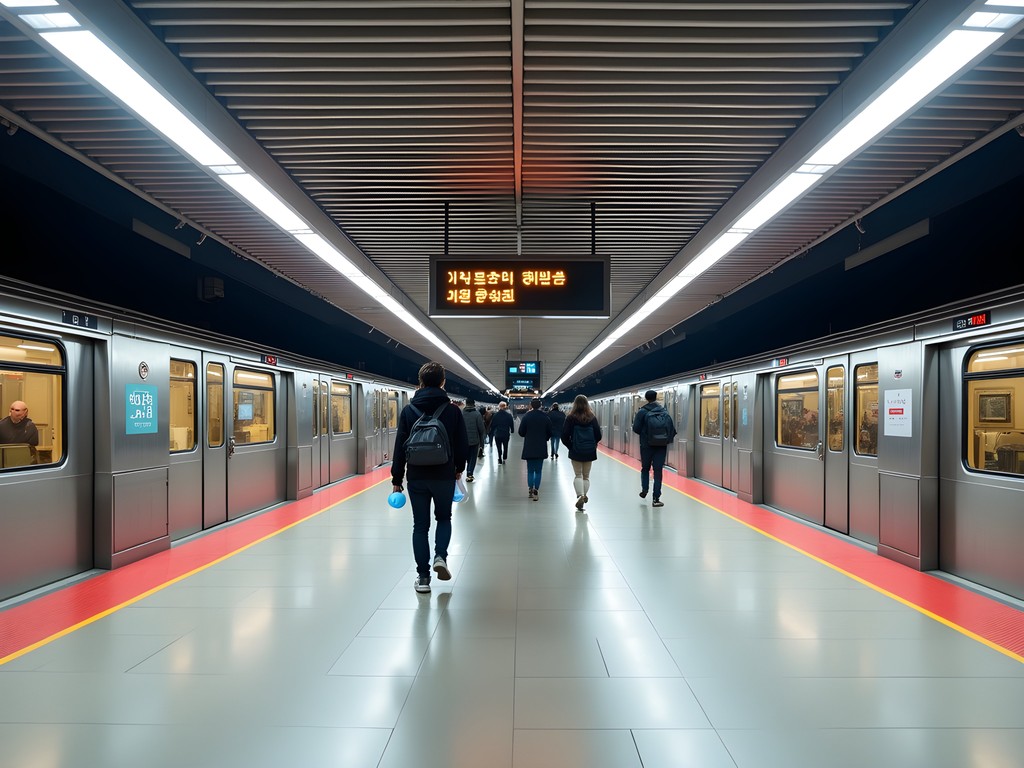
💡 Pro Tips
- Purchase a T-money card immediately upon arrival for seamless subway and bus travel
- Download Kakao T app for easy taxi hailing with English interface
- Rent Tashu bikes for 1,000 won/hour to explore neighborhoods between major transit points
Beyond Seomun: Discovering Daegu's Hidden Markets
While every guidebook will direct you to Seomun Market – and yes, its textile section and street food alley are indeed worth visiting – the markets that captured my heart lay beyond the tourist radar. As an urban designer, I'm drawn to spaces where commerce and community converge organically, and Daegu offered these in abundance.
Start with Chilseong Market, where I stumbled upon what locals call 'the real Daegu.' Unlike Seomun's increasingly tourism-oriented offerings, Chilseong remains stubbornly authentic. Visiting on a Tuesday morning, I watched elderly vendors arrange mountains of seasonal vegetables while nearby, craftsmen repaired traditional hanbok garments with practiced precision. The market's narrow passageways create intimate spaces where, despite language barriers, I found myself invited to sample homemade kimchi and freshly steamed mandu (dumplings).
For a truly local experience, time your visit to Bangcheon Market for the 4th, 9th, 14th, 19th, 24th, or 29th day of any month. These traditional market days transform this otherwise quiet area into a bustling hub where farmers from surrounding villages bring their produce. I watched in fascination as vendors used traditional Korean measuring tools rather than digital scales, and bargaining seemed more ritual than transaction.
When exploring these markets, bring cash (small denominations are best) and a reusable shopping bag. My foldable tote earned appreciative nods from vendors and saved countless plastic bags. The further you venture into these markets, the more authentic the experience becomes – and the better the prices get.
Don't miss the dried fish section at Hyeonpung Market on the outskirts of town, where I photographed an elderly woman demonstrating how to properly rehydrate dried pollack. She refused payment when I purchased some, insisting instead that I return to tell her how my soup turned out – a moment of connection that transcended our language divide.

💡 Pro Tips
- Visit Chilseong Market early on weekday mornings to see locals shopping for daily necessities
- Bring small bills (1,000 and 5,000 won notes) for easier transactions at traditional vendors
- Look for markets on traditional market days (dates ending in 4 or 9) for the most authentic experience
Coffee Culture: Daegu's Industrial-Chic Café Scene
Venice and Daegu share little in common architecturally, but both cities have mastered the art of repurposing spaces. Where Venice converted palazzos into galleries, Daegu has transformed its industrial heritage into one of Korea's most exciting café scenes – one that locals are justifiably proud of yet rarely appears in travel guides.
The neighborhood of Samdeok-dong exemplifies this transformation. Once home to textile factories that powered Daegu's economy, these concrete structures now house third-wave coffee shops where baristas approach brewing with scientific precision. My architectural background drew me to 'Factory Coffee' – not its real name, but what I nicknamed a standout café housed in a former yarn processing facility. Original machinery serves as decoration while pour-over coffee drips through custom ceramic filters.
What distinguishes Daegu's café culture from Seoul's more famous scene is its unpretentious approach. At Café Sota in the Kyungpook National University area, I watched students and professors engage in passionate discussions over reasonably priced hand-drip coffee. The owner, noticing my interest in the space's design elements, spent twenty minutes explaining how he'd preserved the building's original features while modernizing its functionality.
For those seeking the perfect Instagram moment without sacrificing coffee quality, head to the Kim Gwangseok-gil area. This street, dedicated to a famous Korean folk musician, features cafés like 'Coffee and Folk' where acoustic performances accompany exceptional cold brew. I spent an entire afternoon here, my travel journal filling with sketches of the thoughtful adaptive reuse of space while locals shared stories of how this area transformed from neglected backstreet to cultural hub.
The true hidden gem, however, was a tiny establishment near Banwoldang Station that specialized in traditional Korean tea rather than coffee. With just four seats and no English menu, I relied on pointing and smiling to order what turned out to be a transcendent Ssanghwa-cha medicinal tea, served with traditional rice cookies that the owner's mother had made that morning.
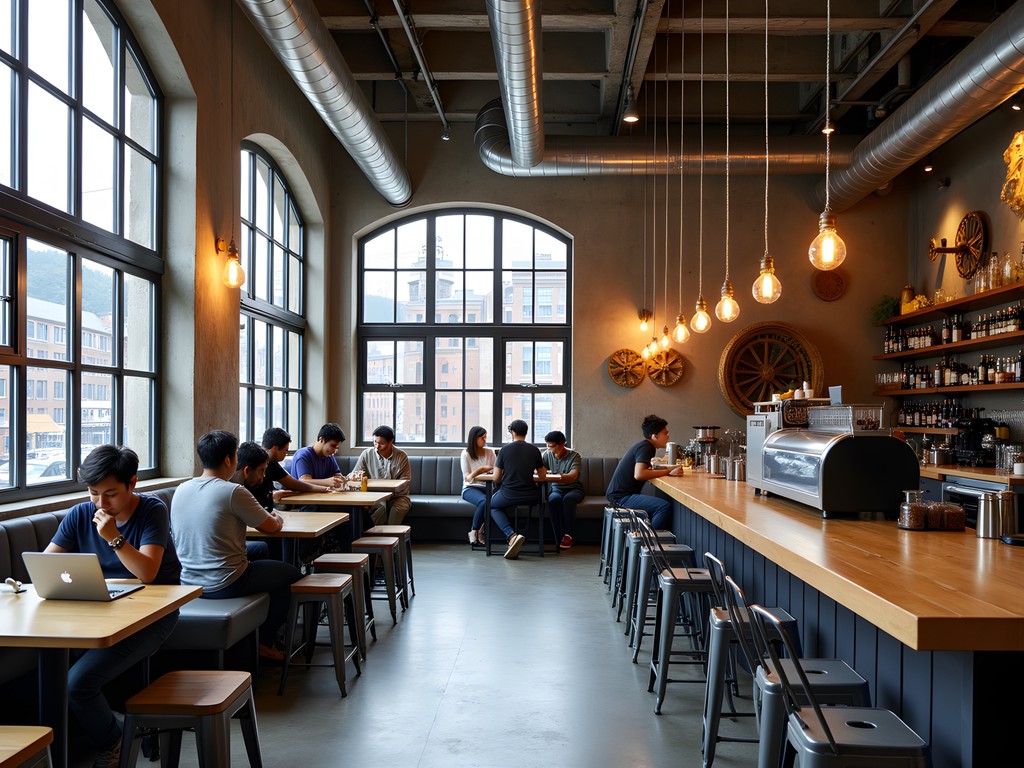
💡 Pro Tips
- Visit cafés between 2-5pm on weekdays to find seats and meet locals who have time to chat
- Try traditional Korean teas alongside coffee for a more authentic experience
- Look for cafés in repurposed industrial buildings for the most interesting architectural experiences
Neighborhood Wandering: Daegu's Most Characterful Districts
The soul of any city reveals itself not in its monuments but in its neighborhoods – something I learned watching tourists rush through Venice's San Marco while missing the authentic life of Cannaregio or Dorsoduro. In Daegu, I dedicated entire days to slow wandering through distinct districts, each offering its own architectural personality and community rhythm.
Start in Jungangno, but quickly escape its main shopping thoroughfare to explore the alleyways behind the department stores. Here, I discovered buildings from the Japanese colonial period repurposed into quirky boutiques and family-run restaurants. The urban planning reveals fascinating layers of history – grid patterns from Japanese influence intersecting with traditional Korean neighborhood layouts.
Suseong-gu provided my favorite walking experience, particularly the areas surrounding Suseong Lake. Unlike the manufactured feel of some urban parks, this neighborhood demonstrates organic development, with residential architecture responding to the topography in creative ways. Early mornings revealed elderly residents practicing tai chi while evenings brought young couples strolling along carefully designed pathways that frame the water and distant mountains.
For architecture enthusiasts, the Gyeongsan-dong area near Keimyung University showcases how contemporary Korean design incorporates traditional elements. I spent hours photographing innovative apartment buildings where architects had reimagined traditional hanok features within modern structures. My pocket binoculars proved invaluable for appreciating roofline details and decorative elements from respectful distances.
The most rewarding district, however, was the working-class neighborhood of Bisan-dong. Completely absent from tourist itineraries, its narrow streets host modest homes where residents leave their doors open on warm evenings. Following the recommendation of my guesthouse owner, I visited a tiny restaurant here where the elderly proprietress served just one dish daily – whatever she felt like cooking. The doenjang-jjigae (soybean paste stew) I was served remains the most authentic meal of my Korean travels, enjoyed while seated on floor cushions as neighbors dropped by to gossip.
When neighborhood wandering, respect privacy but don't be surprised if locals invite you into conversations or homes. Carrying small gifts (I brought coffee beans from my hometown) facilitates meaningful exchanges when language barriers arise.
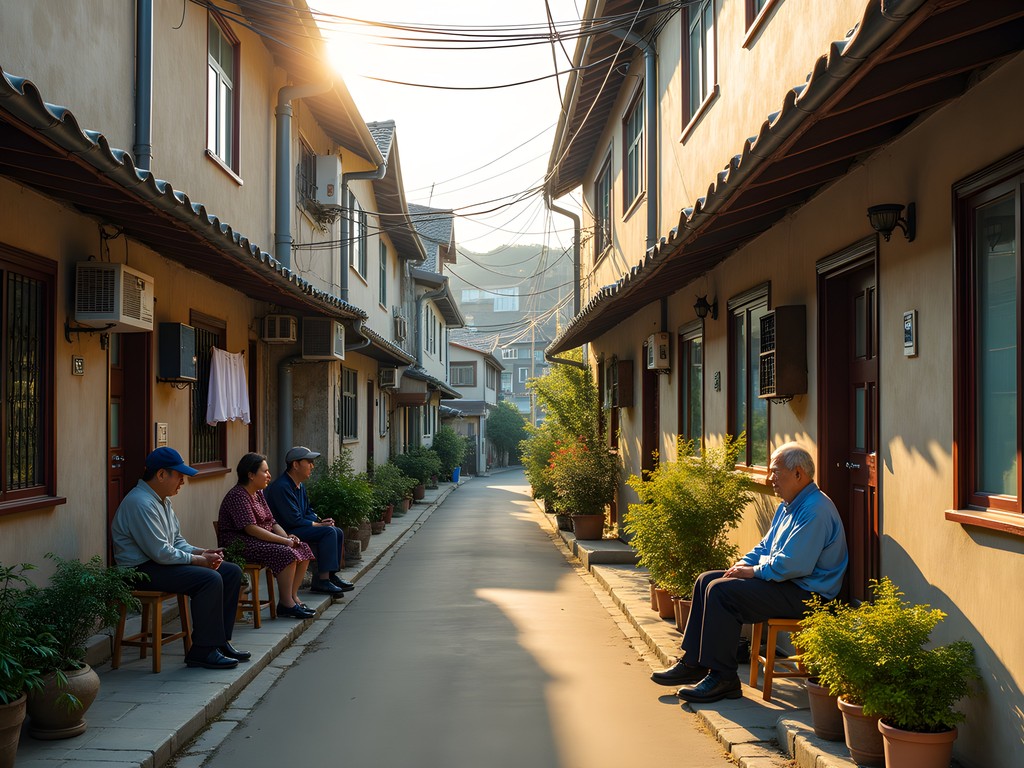
💡 Pro Tips
- Walk residential areas between 4-6pm when locals return from work and neighborhood life is most vibrant
- Visit local convenience stores (CU or GS25) to observe everyday Korean life and try seasonal snacks
- Follow older residents heading to neighborhood restaurants – they invariably know the best authentic spots
Evening Revelations: Daegu After Dark
As twilight descends on Daegu, the city undergoes a fascinating transformation that few tourists witness. Having spent countless evenings exploring Venice's quieter canals after day-trippers departed, I applied the same approach to Daegu – and discovered its most authentic face emerges after sunset.
Begin in the university districts, particularly around Kyungpook National University, where pojangmacha (street food tents) appear around 6pm. These temporary structures, lit by bare bulbs and warmed by portable heaters, serve soju, makgeolli (rice wine), and simple but delicious dishes. Unlike the polished street food markets aimed at tourists, these authentic gathering spots cater to locals unwinding after work. At one such tent, I bonded with off-duty taxi drivers over spicy tteokbokki (rice cakes) and stories exchanged through Google Translate.
Daegu's speakeasy scene rivals those of major global cities but remains refreshingly unpretentious. Near the Dongseongno area, I discovered 'The Library' (not its actual name, but what locals call it) – a cocktail bar hidden behind a functioning bookstore. Without a Korean friend's guidance, I would never have known to pull on the specific book that triggers the hidden door. Inside, bartenders craft soju-based cocktails infused with traditional Korean ingredients like omija (five-flavor berry) and yuja (citrus).
For a truly local nighttime ritual, join Daegu residents at the public foot baths near Suseong Lake around 9pm. This communal wellness practice brings together people from all walks of life, soaking tired feet while sharing late-night conversations. I met a retired professor here who, upon learning of my interest in urban design, spent an hour explaining how Daegu's city planning evolved through various historical periods.
The most authentic evening experience came from a visit to a traditional noraebang (karaoke room). Unlike Japanese karaoke bars, Korean noraebangs offer private rooms where friends gather to sing, drink, and snack without judgment. At 'Star Noraebang' near Banwoldang Station, I joined a group of young professionals who insisted I attempt Korean ballads while they tackled English classics. My rendition of 'Hey Jude' may have been forgettable, but the genuine connections formed that night were anything but.

💡 Pro Tips
- Look for pojangmacha where you see groups of middle-aged Korean men gathering after work
- Ask local bartenders about 'hidden bars' rather than searching online for speakeasy recommendations
- Visit noraebangs after 10pm when they're most lively and locals are more likely to welcome foreigners to join their groups
Language Bridges: Communication Strategies Beyond English
Growing up bilingual in Venice taught me that even fractured attempts at local language open doors closed to those who expect English everywhere. In Daegu, where English proficiency is notably lower than Seoul, this principle proved especially valuable. While the language barrier initially seemed daunting, it ultimately led to some of my most authentic experiences.
Before arriving, I dedicated two weeks to learning basic Korean phrases through the language app – focusing on food terms, directions, and simple courtesies. This minimal investment yielded maximum returns in Daegu, where shopkeepers and restaurant owners visibly appreciated even my clumsy attempts at Korean greetings.
Carrying a small notebook proved invaluable for communication. When words failed, sketches succeeded – particularly when trying to find specific architectural sites or explaining my interest in traditional building techniques. At one point, my rudimentary drawing of a traditional Korean roof structure led an elderly craftsman to invite me to his workshop where he demonstrated wooden joinery techniques passed down through generations.
The Google Translate app's camera function became my technological ally, especially in markets where I could instantly translate signage. However, I discovered that the conversation mode often produced comically inaccurate translations that confused more than clarified. For deeper exchanges, I found that connecting with university students eager to practice English provided mutual benefit – they improved their language skills while I gained cultural insights no guidebook could offer.
Most surprisingly effective was my collection of photos from Venice on my phone. When language barriers seemed insurmountable, sharing images of my hometown created immediate connection. A fruit vendor who spoke no English spent fifteen minutes flipping through photos of Venetian canals, then insisted on gifting me perfectly ripe persimmons – a wordless exchange of cultural appreciation.
The key to communication in Daegu wasn't linguistic perfection but rather genuine effort combined with patience and humor. When I accidentally ordered an entire raw fish instead of the fish soup I intended at Seomun Market, the resulting laughter with the vendor became a shared story she recounted to other customers throughout the day.
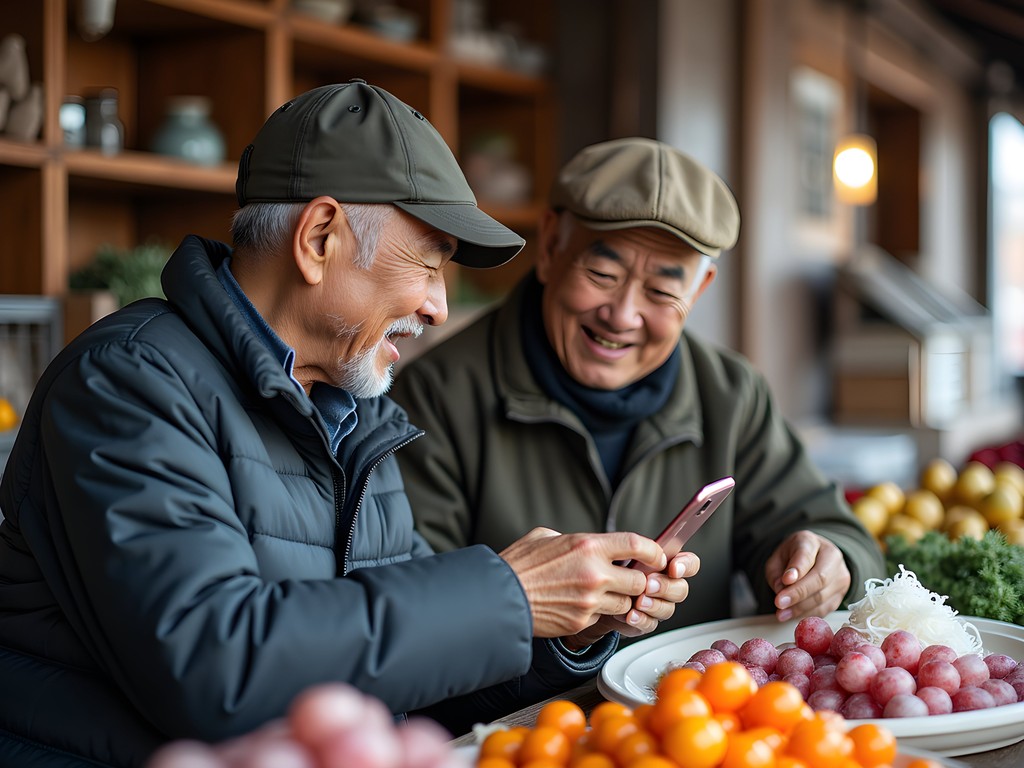
💡 Pro Tips
- Learn basic food-related Korean phrases – they'll be your most frequently used expressions
- Carry a small notebook for sketching when verbal communication fails
- Practice the correct pronunciation of 'thank you' (gamsahamnida) and 'delicious' (mashisoyo) – these two words alone generate enormous goodwill
Final Thoughts
As my week in Daegu drew to a close, I found myself lingering at a tiny teahouse near Gyeongsan-dong, reluctant to leave a city that had revealed itself so generously. What makes Daegu special isn't grand attractions or bucket-list experiences, but rather its unvarnished authenticity – a quality increasingly rare in our era of algorithmic tourism. Like my childhood Venice before mass tourism transformed it, Daegu still belongs primarily to its residents rather than its visitors. The city rewards those willing to step away from convenience, embrace communication challenges, and approach each interaction with genuine curiosity. As urban designers, we often discuss 'livable cities' in theoretical terms, but Daegu embodies this concept in practice – a place where daily life unfolds with a rhythm that welcomes respectful visitors without performing for them. Whether you're wandering its repurposed industrial spaces, sharing makgeolli with locals in a pojangmacha, or simply observing neighborhood life from a park bench, Daegu offers something increasingly precious: a chance to experience a place on its own authentic terms.
✨ Key Takeaways
- Learn basic Korean phrases to unlock authentic experiences closed to English-only travelers
- Explore residential neighborhoods during evening hours when community life is most vibrant
- Embrace communication challenges as opportunities for meaningful cultural exchange rather than obstacles
- Seek out repurposed industrial spaces to understand Daegu's evolution from textile city to cultural hub
📋 Practical Information
Best Time to Visit
Spring (April-May) or Fall (September-October)
Budget Estimate
$40-60 per day including accommodation, food and transportation
Recommended Duration
5-7 days
Difficulty Level
Intermediate

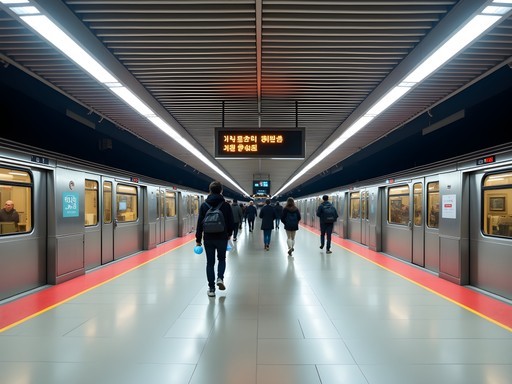

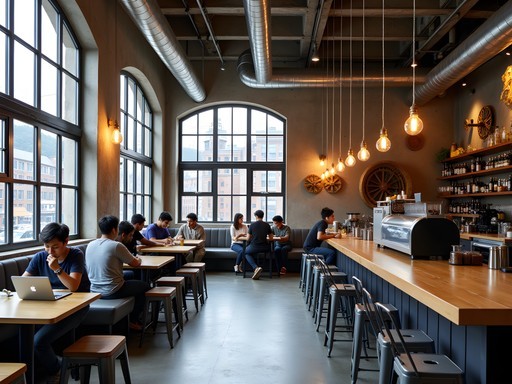
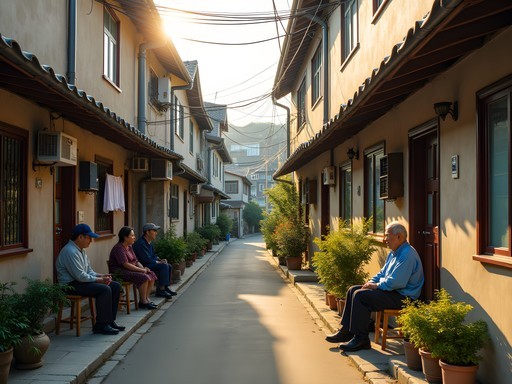
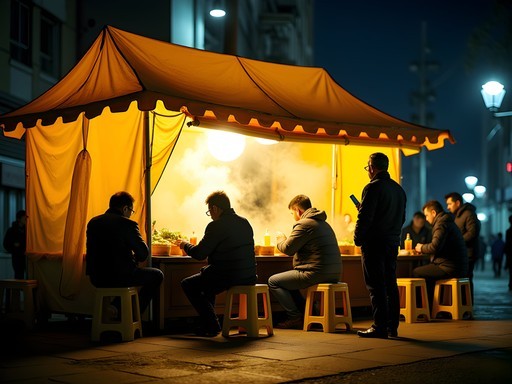






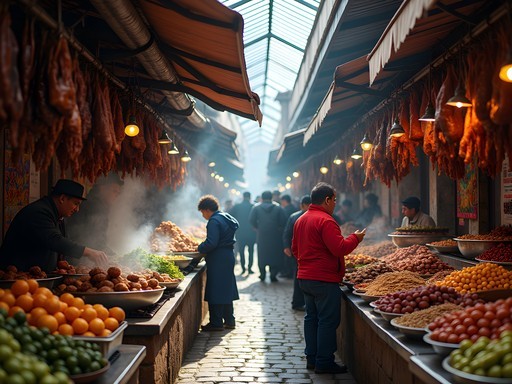

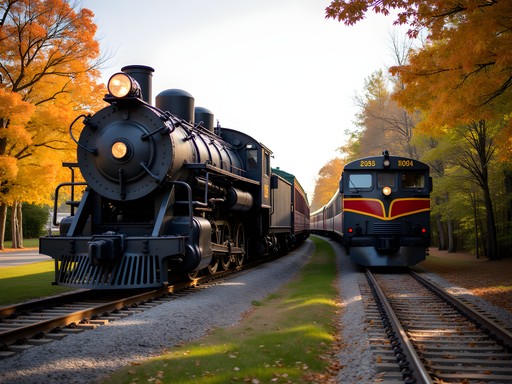

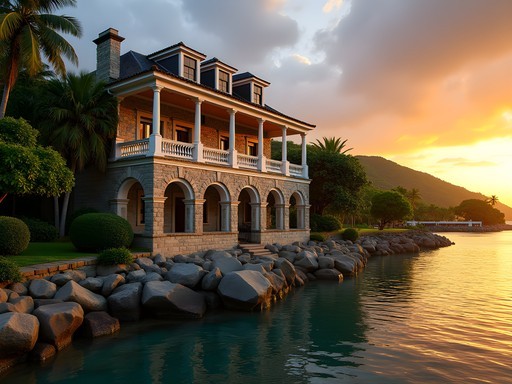
Comments
springbuddy
Just got back from Daegu last week and can confirm these tips are legit! The transportation card saved us so much hassle. We stumbled upon this tiny pojangmacha (street food tent) near Kyungpook University that served the most amazing tteokbokki I've ever had. One thing I'd add - we found this app called Shuttle that lets you pre-order coffee in English from those cool cafés you mentioned. Came in handy when we were rushing between sights! Your Venice comparison really resonated with me - it's refreshing to visit places that haven't been completely transformed by tourism.
photoace
Oh that Shuttle app sounds super useful! Downloading it now for my trip next month!
adventureseeker8568
Just booked my trip to Daegu because of this post! Can't wait to check out those hidden markets and cafes. Your descriptions make it sound so much more interesting than just doing the standard tourist route.
photoace
Those café photos are STUNNING! 😍 The industrial-chic vibe looks so unique compared to Seoul's cafés. Did you have a favorite spot?
George Hayes
Blake, your post brings back memories! We took our kids (8 and 11) to Daegu last year as part of our Korea trip. Your transportation tips are spot on - the city bus system confused us at first but became our go-to after a couple days. One thing we'd add: the E-World amusement park was surprisingly uncrowded on weekdays and had this amazing fusion food court our kids still talk about. The locals we met through a home-cooking class in Pyeonghwa Market were so welcoming, they even invited us to a family birthday celebration! Daegu definitely feels like Korea's best-kept secret compared to Seoul and Busan.
Blake Brown
That cooking class sounds amazing, George! I didn't make it to E-World but heard great things. Did you try the jimjilbang (public bathhouse) with your kids? Some are super family-friendly.
George Hayes
We did! Went to the one near Beomeo Station. My son was hesitant at first but ended up loving it. Great cultural experience!
smartfan8682
How difficult was it to navigate without speaking Korean? I'm planning a trip but worried about the language barrier, especially in less touristy areas like you described.
Blake Brown
I found most young people speak some English, especially in cafés and universities. Download Papago translator app - works better than Google Translate for Korean! The subway has English signage, and I used offline maps which was super helpful.
sunsetbuddy
This is exactly what I've been looking for! Heading to Daegu next month and was worried about just hitting the tourist traps. Those neighborhood tips are gold!
Blake Brown
Thanks! Feel free to DM me if you have specific questions about any neighborhoods. The industrial area cafés are constantly changing, so check Instagram for the latest spots!
sunsetbuddy
Will do! Super excited to check out those hidden markets you mentioned.
Bryce Diaz
Your post took me back to my unexpected week in Daegu three years ago when a typhoon grounded flights and I had to extend my stay. What started as frustration turned into one of my favorite travel memories. I stumbled upon a tiny restaurant in Jungangno where the owner insisted I try makchang (grilled intestines) - terrifying at first but absolutely delicious! Your neighborhood guide is spot-on. I'd add that the area around Kyungpook National University has some fantastic pojangmacha (street food tents) that come alive after 10pm. The locals taught me drinking games I still play with friends back home.
wanderlustadventurer
Love your insights on the coffee culture! Which specific cafés would you recommend in the industrial district? Planning a trip and coffee shops are always my first stops in a new city.
Blake Brown
Thanks! Don't miss Caffe Paste in the old textile factory - amazing space and their cold brew is exceptional. Also check out Coffee Myungga for traditional Korean brewing methods with a modern twist. Both have great photo spots too!
backpack_wanderer
That shot of the alleyway cafe is gorgeous! What camera do you use?
Blake Brown
Thanks! Just my phone actually - Google Pixel with a bit of editing in Lightroom mobile.
Megan Martin
This is exactly the kind of local insight I appreciate when researching destinations for my business travelers. I was in Daegu for a conference last month and wish I'd had your neighborhood guide! Your transportation hacks section saved me though - the city bus system is indeed much more comprehensive than the subway for reaching certain business districts. One addition: Daegu's textile industry means there are some incredible fabric markets that make for unique souvenirs. The Seomun Market's fabric section on the second floor is where many local designers source their materials.
Venture X
Premium card with 2X miles, $300 travel credit, Priority Pass